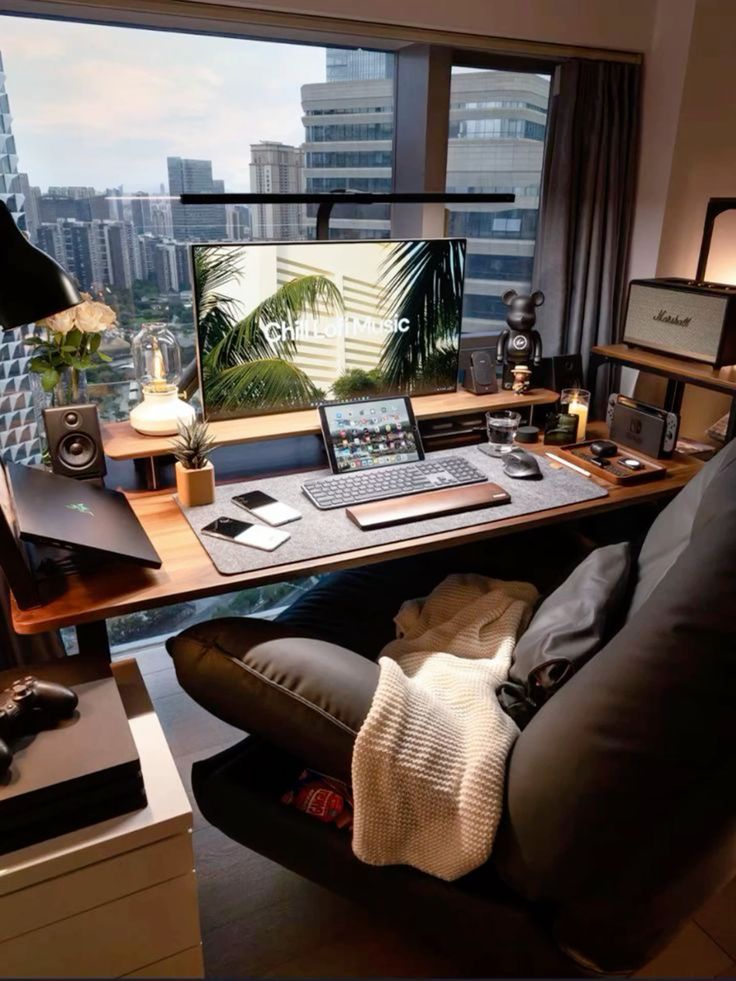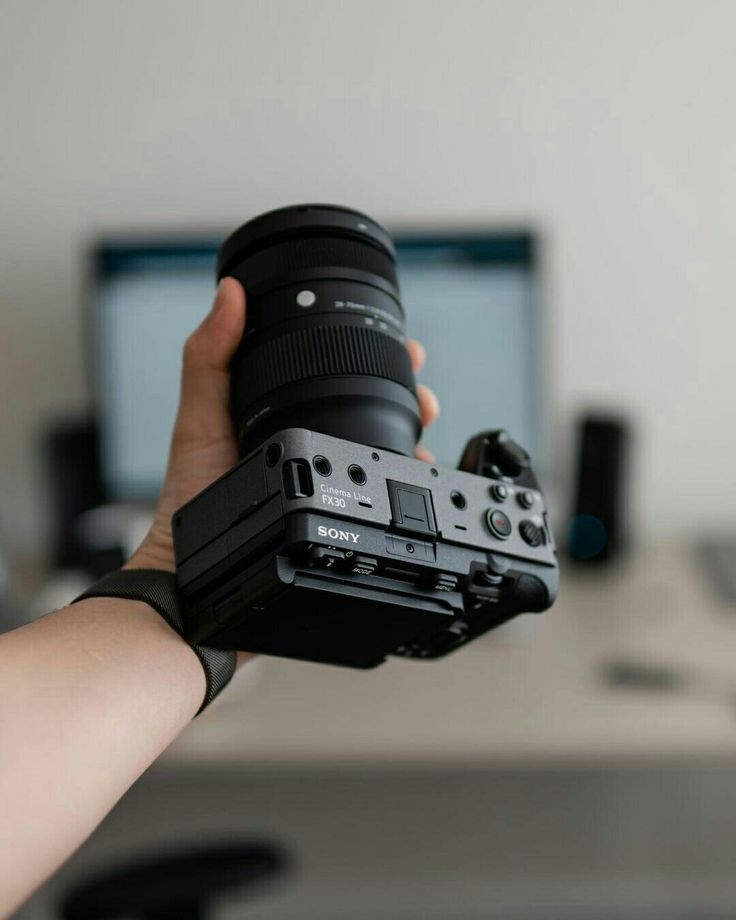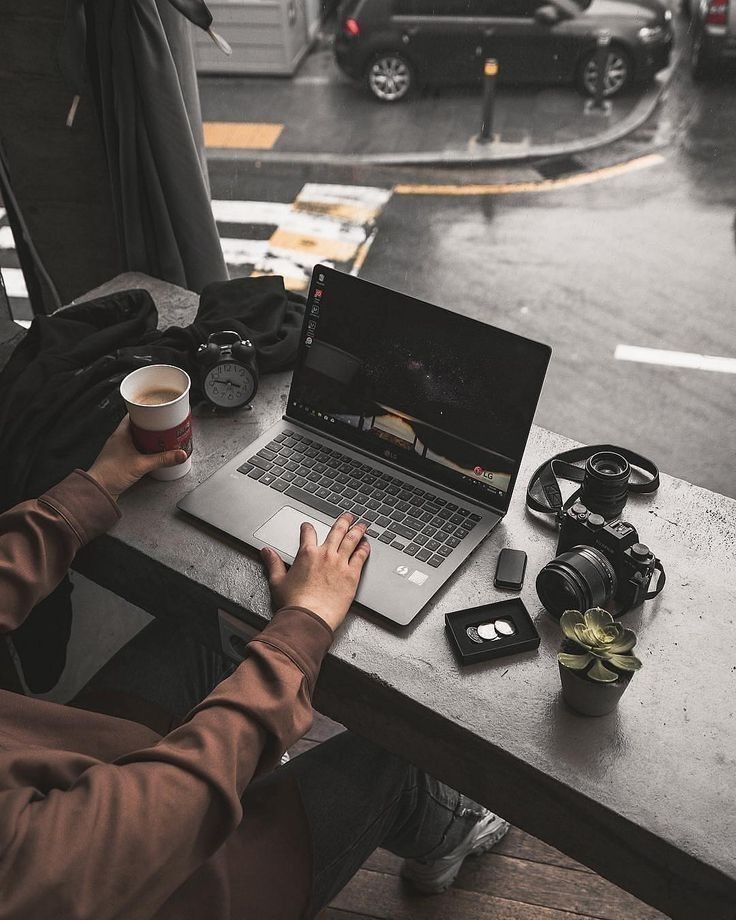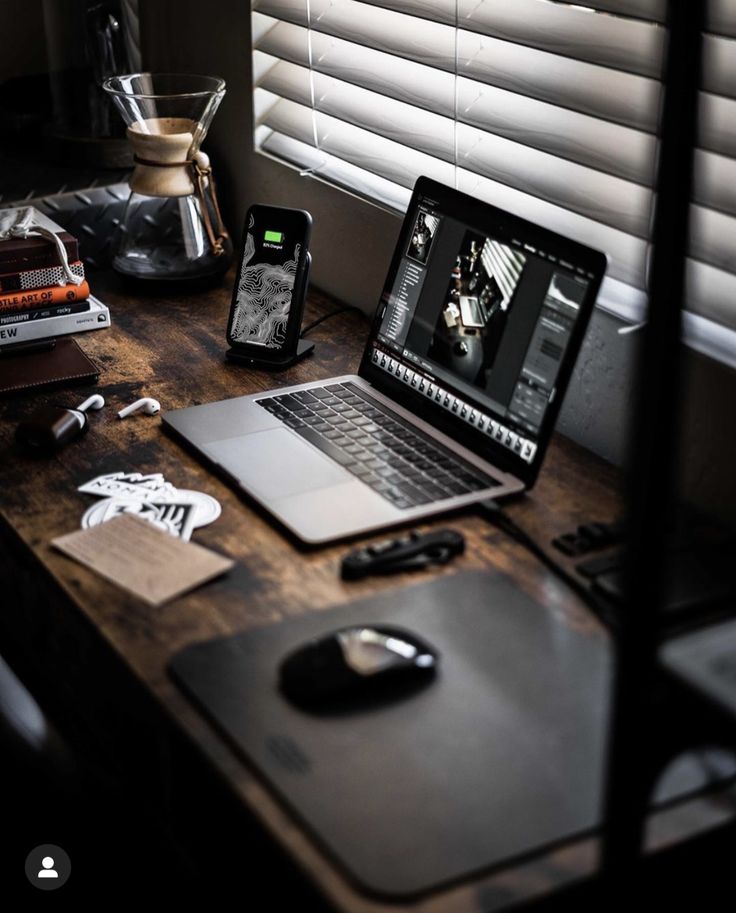The Intersection of Lifestyle and Travel Photography
Lifestyle and travel photography are two captivating genres that bring stories to life. Lifestyle photography documents people in their natural environments, often highlighting daily moments, connections, or brand narratives. Travel photography, on the other hand, tells the story of a destination, capturing landscapes, cultures, and local traditions. While these genres differ in intent and execution, they share one fundamental need: the right gear. For photographers to truly excel, investing in essential tools can make all the difference. In this comprehensive guide, we’ll explore the must-have equipment and gear for lifestyle and travel photographers, delve into why each item matters, and provide expert tips on making informed purchases.
1. The Foundation: Choosing the Right Camera
1.1 DSLRs vs. Mirrorless Cameras
When selecting a camera, understanding the differences between DSLRs and mirrorless models is crucial.
- DSLR Cameras:
- Offer a robust build, often ideal for professional projects.
- Provide optical viewfinders for clear framing.
- Slightly heavier but durable for extended use.
- Mirrorless Cameras:
- Compact and lightweight, making them travel-friendly.
- Electronic viewfinders offer real-time previews.
- Faster autofocus systems for dynamic subjects.
Recommendation:
- Lifestyle: Canon EOS R8 (mirrorless) or Nikon D850 (DSLR).
- Travel: Sony Alpha 7 IV (mirrorless) or Fujifilm X-T5.
1.2 Full-Frame vs. Crop-Sensor Cameras
- Full-Frame Sensors: Capture greater detail, perform better in low light, and provide a wider field of view.
- Crop-Sensor Cameras: Offer extended reach, making them ideal for wildlife or distant shots.
Pro Tip: For lifestyle work, a full-frame sensor delivers stunning depth of field. Travel photographers might prefer crop sensors for versatility.




2. Lenses: The Eyes of Your Camera
2.1 Prime Lenses for Lifestyle Photography
Prime lenses are perfect for lifestyle shots due to their sharpness and wide apertures.
- Best Focal Lengths:
- 35mm: Great for capturing environmental portraits.
- 50mm: Known as the “nifty fifty,” ideal for versatile compositions.
- 85mm: Flattering for close-up portraits.
2.2 Zoom Lenses for Travel Photography
Zoom lenses offer flexibility, essential for dynamic travel environments.
- Best Options:
- 24-70mm: Versatile for landscapes and people.
- 70-200mm: Ideal for capturing distant subjects like wildlife.
Pro Tip: Invest in lenses with image stabilization to counteract camera shake, especially during handheld travel shots.
3. Tripods: Stability for Perfect Shots
3.1 Lightweight Travel Tripods
Compact tripods are essential for long journeys.
- Features to Look For:
- Foldable design.
- Carbon fiber build for durability.
- Adjustable legs for uneven terrains.
3.2 Sturdy Tripods for Lifestyle Shoots
For controlled indoor setups, opt for sturdier models.
- Recommendation: Manfrotto Befree Advanced for travel and Vanguard Alta Pro 263AB for lifestyle photography.
4. Lighting: Controlling the Mood
4.1 Natural Light in Lifestyle Photography
- Golden Hour Advantage: The hour after sunrise and before sunset provides soft, flattering light.
- Use diffusers or reflectors to manipulate natural light.
4.2 Artificial Light for Controlled Settings
- Lifestyle: Ring lights or LED panels for consistent indoor illumination.
- Travel: Portable speedlights like Godox V1 for on-the-go lighting.
Pro Tip: Always carry a compact reflector to add light to shadows.
5. Filters: Enhancing Your Shots
5.1 Polarizing Filters
- Reduce glare from water or glass surfaces.
- Enhance sky contrast, perfect for travel landscapes.
5.2 Neutral Density (ND) Filters
- Allow for slower shutter speeds in bright conditions, useful for waterfall or crowd shots.
5.3 UV Filters
- Protect your lens from scratches and dirt.
Pro Tip: High-quality filters from brands like Hoya or B+W are worth the investment.
6. Storage Solutions: Never Run Out of Space
6.1 Memory Cards
- Opt for high-speed SD or CFExpress cards for quick data transfer.
- Carry multiple cards in a protective case.
6.2 Portable Hard Drives
- Use SSDs like Samsung T7 for secure and fast backups during travel.
7. Accessories for Seamless Workflow
7.1 Camera Bags
- Choose weatherproof, padded bags with customizable compartments.
- Recommendation: Peak Design Everyday Backpack or Lowepro ProTactic BP 450 AW II.
7.2 External Batteries
- Keep extra batteries for long shoots, especially in remote locations.
- Top Pick: Anker PowerCore Portable Charger.
7.3 Cleaning Kits
- Lens cloths, air blowers, and sensor-cleaning tools are must-haves.
8. Editing Tools: Perfecting Your Shots
8.1 Laptops for Photo Editing
- Look for laptops with color-accurate screens and powerful processors.
- Recommendation: Apple MacBook Pro or Dell XPS 15.
8.2 Editing Software
- Adobe Lightroom for color correction and organization.
- Photoshop for advanced retouching.
Pro Tip: Keep presets for consistent edits, especially for lifestyle branding projects.
9. Packing Tips for Travel Photographers
9.1 Essential Packing Strategies
- Keep fragile items in padded compartments.
- Distribute weight evenly for comfort.
9.2 Avoid Overpacking
- Pack only essential gear to maintain mobility.
10. Budget-Friendly Alternatives for Beginners
10.1 Affordable Cameras and Lenses
- Entry-level options like Canon EOS Rebel T7 and 50mm f/1.8 lenses offer excellent results without breaking the bank.
10.2 Secondhand Gear
- Platforms like KEH or MPB offer quality pre-owned equipment.
11. Sustainability in Photography
11.1 Eco-Friendly Practices
- Invest in rechargeable batteries.
- Use sustainable camera bags made from recycled materials.
11.2 Supporting Local Communities
- Buy locally made accessories during travel to support artisans.
Conclusion: Gear Up for Gear for Lifestyle and Travel Photographers Success
Investing in the right gear for lifestyle and travel photographers that enhances your ability to tell powerful stories through photography. From choosing the right camera to packing smartly, every detail contributes to creating impactful images.
Remember, photography is not about owning the most expensive equipment but about using what you have to its full potential. With the tools and tips in this guide, you’ll be well-equipped to excel in both lifestyle and travel photography.

Sony Alpha a7 IV: The Ultimate Camera for Photography

Nikon Z5 Review: Is It Worth It?
-

Nikon Z9 : Game-Changer for Photography
-

Top Features of Nikon D850 That Make It Ideal for Portfolio Shoots
Sony Alpha a7 IV: The Ultimate Camera for Photography
Explore the Sony Alpha a7 IV in this complete 2025 review. Learn how its pro-level features, real-world performance, and hybrid flexibility make it the ultimate camera for photography across genres like portraits, weddings, travel, and commercial work. Table of Contents Section 1: Introduction – Why the Sony Alpha a7 IV Stands Out The Sony Alpha…
Nikon Z5 Review: Is It Worth It?
In 2025, photographers—whether hobbyists, content creators, or professionals—seek equipment that blends value, performance, and future-readiness. Enter the Nikon Z5, a full-frame mirrorless camera marketed as a gateway to high-end imaging without a flagship price tag. But how well does it hold up under real-world demands like studio shoots, weddings, landscape adventures, and lifestyle photography? In…
Nikon Z9 : Game-Changer for Photography
Discover why the Nikon Z9 is considered a true game-changer for photography. This in-depth Nikon Z9 review explores key features, real-world performance, and how it excels in professional photo shoots in 2025. Table of Contents 1. Introduction The photography world witnessed a significant shift with the launch of the Nikon Z9, a flagship mirrorless camera…
Top Features of Nikon D850 That Make It Ideal for Portfolio Shoots
Discover why the Nikon D850 is the ultimate DSLR for portfolio shoots. Explore its top features—from resolution and dynamic range to autofocus precision and workflow speed—that help photographers create stunning, high-impact images for professional portfolios. Whether you’re a portrait artist, fashion photographer, or visual storyteller, a portfolio shoot demands technical excellence, creative flexibility, and uncompromised…
Candid Moments with Canon EOS R10: Lightweight & Reliable
In the evolving world of mirrorless photography, the Canon EOS R10 stands out as a lightweight yet powerful camera tailored for real-life storytelling. Whether you’re photographing street scenes, family gatherings, weddings, or spontaneous portraits, capturing genuine emotion requires a responsive and discreet tool. This article dives deep into how the Canon EOS R10 excels in…
Bold Portraits with Canon EOS R5: Is It the Best for Work?
Studio photography has always demanded precision, artistry, and impeccable gear. As the expectations for commercial portraits, fashion campaigns, and editorial work continue to rise, the tools we use must evolve. Enter the Canon EOS R5, a camera that has stirred the professional waters with its impressive technical specs and forward-thinking design. In this comprehensive Canon…

